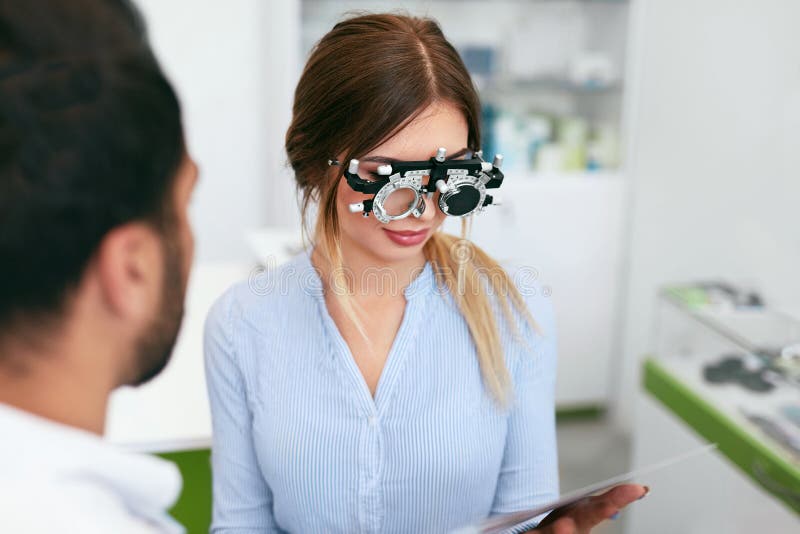Modern Vision Correction Solutions
Today's vision correction options extend far beyond traditional eyeglasses and contact lenses. Advanced refractive surgery techniques, including LASIK, PRK, and implantable contact lenses, offer permanent solutions for many vision problems. These procedures use precise laser technology to reshape the cornea or implant corrective lenses, often eliminating the need for glasses or contacts entirely.
For patients with presbyopia, the age-related decline in near vision that typically begins in the mid-40s, innovative solutions like multifocal intraocular lenses and corneal inlays provide clear vision at all distances. Progressive lens technology has also advanced significantly, offering seamless transitions between distance, intermediate, and near vision zones with reduced distortion and improved comfort.
Contact lens technology continues to evolve with daily disposable lenses, specialty lenses for astigmatism and presbyopia, and even smart contact lenses that can monitor intraocular pressure. Your eye care professional can help determine which vision correction option best suits your lifestyle, visual needs, and eye health status.




